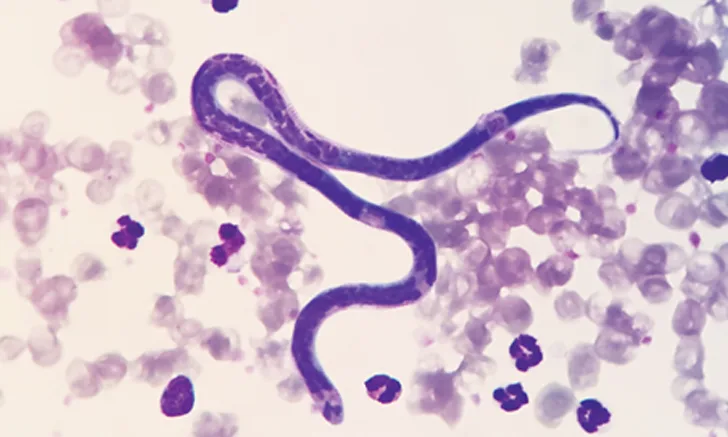Owner Understanding of Heartworm
Ray M. Kaplan, DVM, PhD, DEVPC, DACVM (Parasitology), St. George's University, Grenada, West Indies

In the Literature
Ledesma NA, Kaufman PE, Xue RD, et al. Entomological and sociobehavioral components of heartworm (Dirofilaria immitis) infection in two Florida communities with a high or low prevalence of dogs with heartworm infection. J Am Vet Med Assoc. 2019;254(1):93-103.
The Research …
Heartworm disease, caused by Dirofilaria immitis infection, is a common parasitic disease in dogs.1 As a consequence of being transmitted by a mosquito intermediate host, heartworms have a complicated life cycle and epidemiology.2 Heartworm cases continue to increase despite availability of highly effective drugs that can prevent infection; the American Heartworm Society reported that the average number of cases diagnosed by veterinary hospitals between 2013 and 2016 increased by 21.7%.3
This questionnaire-based study assessed the knowledge, attitudes, and practices regarding D immitis and mosquito vectors among residents with differing incomes and educational levels in 2 Florida communities. In addition, entomologic surveys of mosquito species were conducted in those communities to identify mosquito species distribution and D immitis infection rates.
Although the study sample size was small (n = 96 residents), thus limiting statistical interpretation, the results provided useful insights. Seventy-one percent of dogs reportedly received a heartworm preventive; only one owner administered a heartworm preventive to their cat. Among the pet owners not administering a heartworm preventive, cost was the least common reason cited. The top 3 reasons given for not administering a preventive were that the owner did not believe the pet was at risk, the owner did not consider the pet could be infected, and the owner did not know why they were not administering a preventive. These reasons may reflect the relatively poor understanding owners may have of the biology and risks for heartworm transmission; only 61% of dog-owning and 18% of non-dog–owning respondents knew that heartworms are transmitted by mosquitoes. Many respondents did not realize that yard vessels capable of holding water (eg, garden ornaments, plant pots, children’s toys) can also serve as mosquito-breeding sites. Most pet-owning respondents claimed their veterinarian was their primary source for information regarding heartworm, suggesting that access to veterinary care may be a limiting factor for dispensation of heartworm information in these communities.
… The Takeaways
Key pearls to put into practice:
Pet owners should be encouraged to engage with opportunities to improve heartworm education, such as engaging in messaging throughout the year through various sources (eg, internet, television, published pamphlets).
Public messaging could be improved to emphasize the importance of mosquitoes as disease vectors and to motivate mosquito-reduction efforts. Given the number of potentially serious mosquito-borne diseases, this may have significant benefits beyond the control of D immitis.
Improved veterinarian–pet owner communication may help improve heartworm preventive compliance rates.